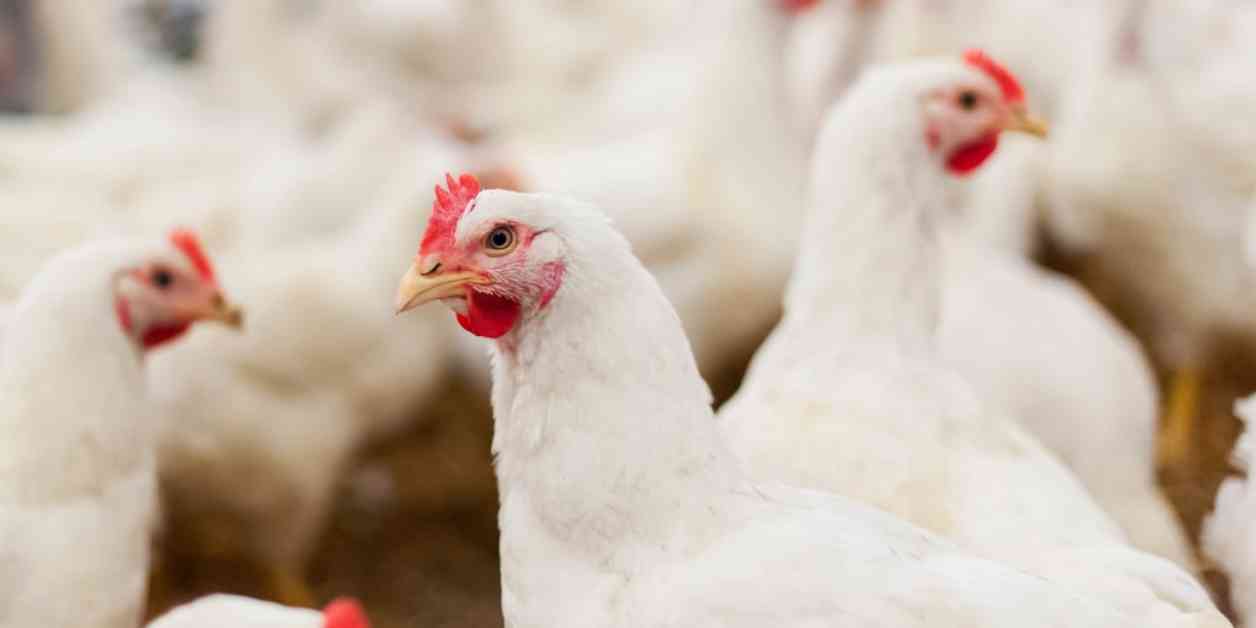A second health care worker in contact with the Missouri patient who tested positive for H5N1 also developed respiratory symptoms but wasn’t tested for influenza, the Centers for Disease Control and Prevention said Friday.
The Missouri bird flu patient, who didn’t have known contact with poultry or dairy cows, was hospitalized in August and tested positive for the H5 virus. The person, who had severe underlying conditions, has since recovered.
The CDC reported last week that a health care worker who cared for the patient developed mild respiratory symptoms and tested negative for influenza. Additionally, a person who lived with the Missouri patient also became sick on the same day. The household contact had gastrointestinal symptoms, an agency spokesperson said, which can sometimes be associated with an influenza infection.
Dr. Nirav Shah, the CDC’s principal deputy director, initially stated on a call with reporters last week that none of the patient’s close contacts showed signs or symptoms of illness, calling the situation a possible “one-off.” Since then, the three contacts have been identified, but it’s still not clear if they were sick with the H5 virus.
The CDC has collected blood samples from the Missouri patient and household contact. It will do so-called serological testing that could confirm a previous H5N1 infection, although the tests could take several weeks.
The CDC said Friday that the second health care worker wasn’t tested for influenza because the illness had resolved before the investigation began. The second health care worker will be offered a blood test to determine if there are antibodies for the bird flu virus.
H5 viruses don’t typically spread person to person. However, they remain worrisome to health officials given their high mortality rate worldwide.
It isn’t yet known how the Missouri patient got infected with bird flu, the CDC said Friday. Outside experts were alarmed by the unusual timing of the illnesses, particularly given that they occurred outside of flu season.
Dr. Matthew Binnicker, director of the clinical virology laboratory at the Mayo Clinic, said it’s possible that the Missouri patient and the household contact were infected by the same source, or that one transmitted it to the other, indicating potential human-to-human spread. “I’m really hoping that they ultimately find out that there was some likely animal exposure, because the alternative is a little bit scary,” Binnicker said in an interview before Friday’s update.
Although the Missouri patient had no known animal contact, CDC officials last week said they were investigating whether the person had any interactions with wild birds and bird feeders, or whether they consumed meat or dairy products, including raw milk.
Dr. William Schaffner, an infectious disease expert at Vanderbilt University Medical Center in Nashville, Tennessee, said if the virus has transmitted from person to person, it doesn’t necessarily mean it has changed in a way that makes it more easily transmissible to humans. “Bird flu infections can be transmitted in a very limited fashion to people who have very close contact with the original patient,” Schaffner said. “That doesn’t mean that virus has picked up the genetic capacity to spread readily.”
Since March, there have been 14 bird flu infections, mostly in poultry and dairy workers, amid an outbreak of H5N1 spreading rapidly in dairy cows across 213 dairy herds in 14 states, according to the CDC.
Understanding Bird Flu Transmission
Bird flu, also known as avian influenza, is a type of influenza virus that primarily infects birds. While most strains of bird flu do not infect humans, some can pose a serious risk to human health. The H5N1 strain, in particular, has been associated with severe illness and a high mortality rate in humans.
The transmission of bird flu to humans usually occurs through direct contact with infected birds or their droppings. In rare cases, human-to-human transmission has been reported, but it is not common. The risk of human infection with bird flu is highest in individuals who have close and prolonged contact with infected birds, such as poultry or wild birds.
Preventing Bird Flu Infections
To prevent bird flu infections, it is essential to practice good hygiene and follow proper food safety measures. Here are some tips to reduce the risk of bird flu transmission:
1. Avoid contact with sick or dead birds, including poultry and wild birds.
2. Wash hands thoroughly with soap and water after handling birds or their droppings.
3. Cook poultry and eggs thoroughly before consumption.
4. Avoid consuming raw or undercooked poultry products.
5. Keep bird feeders clean and avoid attracting wild birds to your home.
By following these preventive measures, individuals can reduce their risk of contracting bird flu and help prevent the spread of the virus to others.
Conclusion
In conclusion, the recent cases of bird flu in Missouri highlight the importance of monitoring and investigating potential outbreaks of infectious diseases. While the source of the infection remains unclear, health officials are working diligently to identify and contain the spread of the virus.
It is crucial for healthcare workers and the general public to remain vigilant and follow recommended precautions to prevent the transmission of bird flu. By staying informed and practicing good hygiene, we can help protect ourselves and others from the risks associated with avian influenza.

















